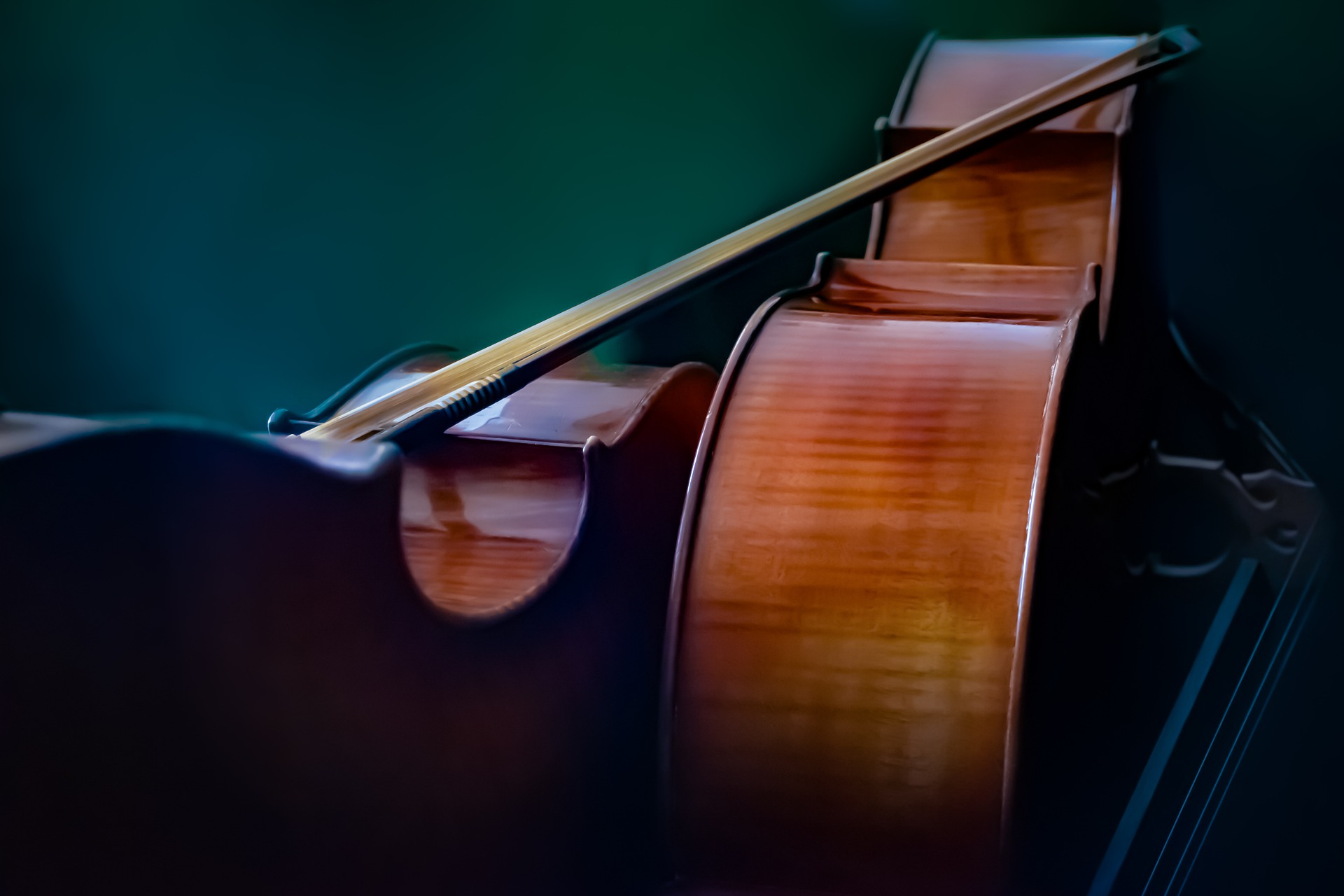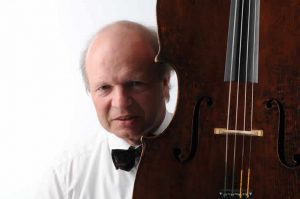Is it necessary to practice all thinkable scales, like all major scales and all minor scales in their harmonic, melodic and natural versions?
First, all major-scales are the same on our cello. With the given fingering in “scale I + II” (B-Major) you can play all major scales possible without open strings. The open strings are a confusing factor in a certain way, just ignore them for a while and practise for instance D-Major without open strings using the known fingering. You start on the C-string on D with the second finger and go ahead. Since we do not have white and black keys it is absolutely easy and there is no difference between C-Major and F-sharp-Major.
The minor keys seem to be more difficult, they are more complex indeed, but not more difficult in terms of instrumental control. Let us have a look at the natural d-minor-scale. The notes are identical with the notes of F-Major (the parallel major scale), just the starting point is different. So why practising d-minor if you have practised F-Major thousand times already? The two other versions (melodic and harmonic) I highly recommend to stay away from. Melodic is almost like major anyway and harmonic has this augmented second (minor third actually) between six and seven, which is not playable with a reasonable fingering. Here I suggest to find fingering-solutions for the specific passage if needed instead of wasting your time by practising finger-breaking harmonic minor scales over and over again.



